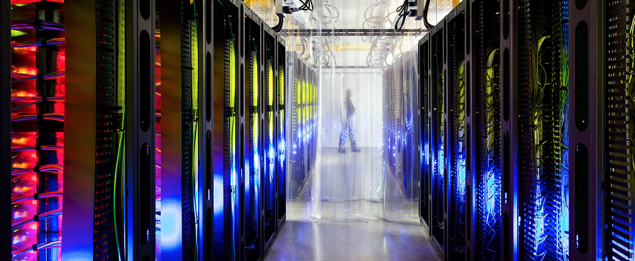Do I Need Both a Bookkeeper and an Accountant?
Business owners know that accountants and bookkeepers are essential for financial management, but it’s crucial to understand their distinct roles. While their responsibilities overlap, each plays a unique part in the business. Bookkeepers handle daily financial records, keeping everything organized. However, they typically don’t analyze the data. This is where accountants come in, using their expertise to interpret financial information and support smooth business operations. Both roles are vital, and understanding their differences can help businesses make the most of these services.
What is the Role of a Bookkeeper?
A bookkeeper is an expert who monitors the money that credits and debits the business accounts. They record the day-to-day transactions in a well-defined structure. It is their records that help accountants to do their tasks within the business. Their jobs and duties include:
Recording Financial Transactions
Bookkeepers keep track of every penny that moves in and out of an organization in the ledger. The record shows the balances, debits, and credits of all the financial accounts. Transactions include purchases, sales, and bills.
Documenting Bank Statements
It is a critical task as bookkeepers document transactions and match what is included in the monthly bank statements or reports. Precise bank statement documentation helps accountants to utilize them and facilitate business operations.
Preparing Financial Reports
Bookkeepers accurately prepare P&L (Profit and Loss Statements), cash flow statements, and balance sheets. Accountants make strategic decisions by acquiring accurate financial data and information from bookkeepers.
Handling Accounts Receivable and Payable
When bookkeepers monitor accounts receivables, they send invoices, create payment terms and conditions, track overdue payments, and ensure customers get timely payments. Further, they handle accounts payable, ensuring timely payments for vendors.
Keeping an Accounts Chart and Handling Payroll
Bookkeepers keep account charts, implement them, and consistently monitor them. Concerning payroll management, bookkeepers calculate deductions, read time sheets, and process payrolls.
Organizations should consider accounting and bookkeeping services for businesses to execute strategic decisions based on precise data.
Role of Accounting Services
Accounting services play a paramount role in seamless business operations.
Filing Tax Returns
Their expertise minimizes tax liability and ensures the business complies with the state and federal rules and regulations. Seeking services from accountants also eliminates the possibility of being audited by the IRS (Internal Revenue Service) for tax filing mistakes or errors.
Report Generation
Accountants perform audits and prepare reports such as balance sheets and income statements. They also gather financial data or information from bookkeepers and generate accurate reports.
Advise on Financial Planning
The highlight of accounting services is that the experts help organizations choose the best business framework or structure and act as reliable guides. Organizations or enterprises should seek their financial planning tips and projections before considering business plans.
Seamless Business Loan Approvals
Accounts help organizations tackle all the frustrating and irritating questions from lenders. The accounting and bookkeeping services answer questions about financial health and performance, such as terms and conditions and interest rates.
Adjusting Entries
Organizations or enterprises ensure that the registered financial numbers tally to the correct accounting periods when dealing with multiple journal entries.
Information on Financial Predictions
Businesses’ future sales, opportunities for growth, and ability to create income are assessed by accountants allowing them to develop data driven decision making tools for senior management.
Accountants have a more general way of looking at things than bookkeepers do. It is their responsibility to check the information bookkeepers have recorded about what the business has bought and sold. After doing this, an accountant will decide if they want to make any changes in how the company’s finances are managed. There are many different jobs that an accountant does like making sure financial records are accurate, finding ways to reduce tax payments, and also providing data so that investors can make knowledgeable choices.
Conclusion
Both accounting & bookkeeping services are needed by companies to prosper. A qualified accountant has more skills than a bookkeeper; they analyze financial data & find ways of reducing tax payments as well as giving advice. On the other hand, A bookkeeper supports the accountant by recording daily transactions and expenses then balancing accounts. Businesses should get help from both experts so that they can understand how they are doing financially.








